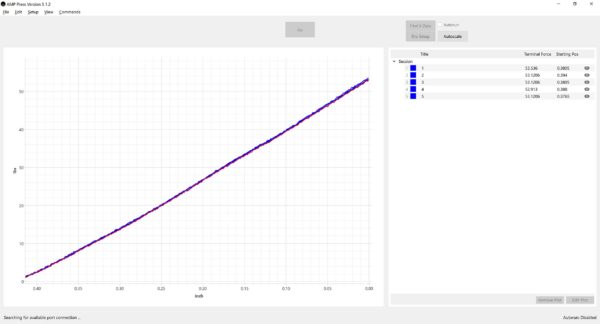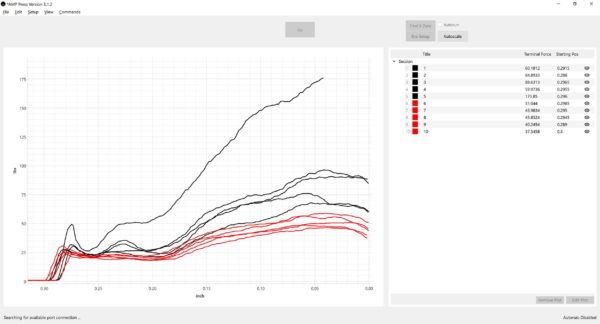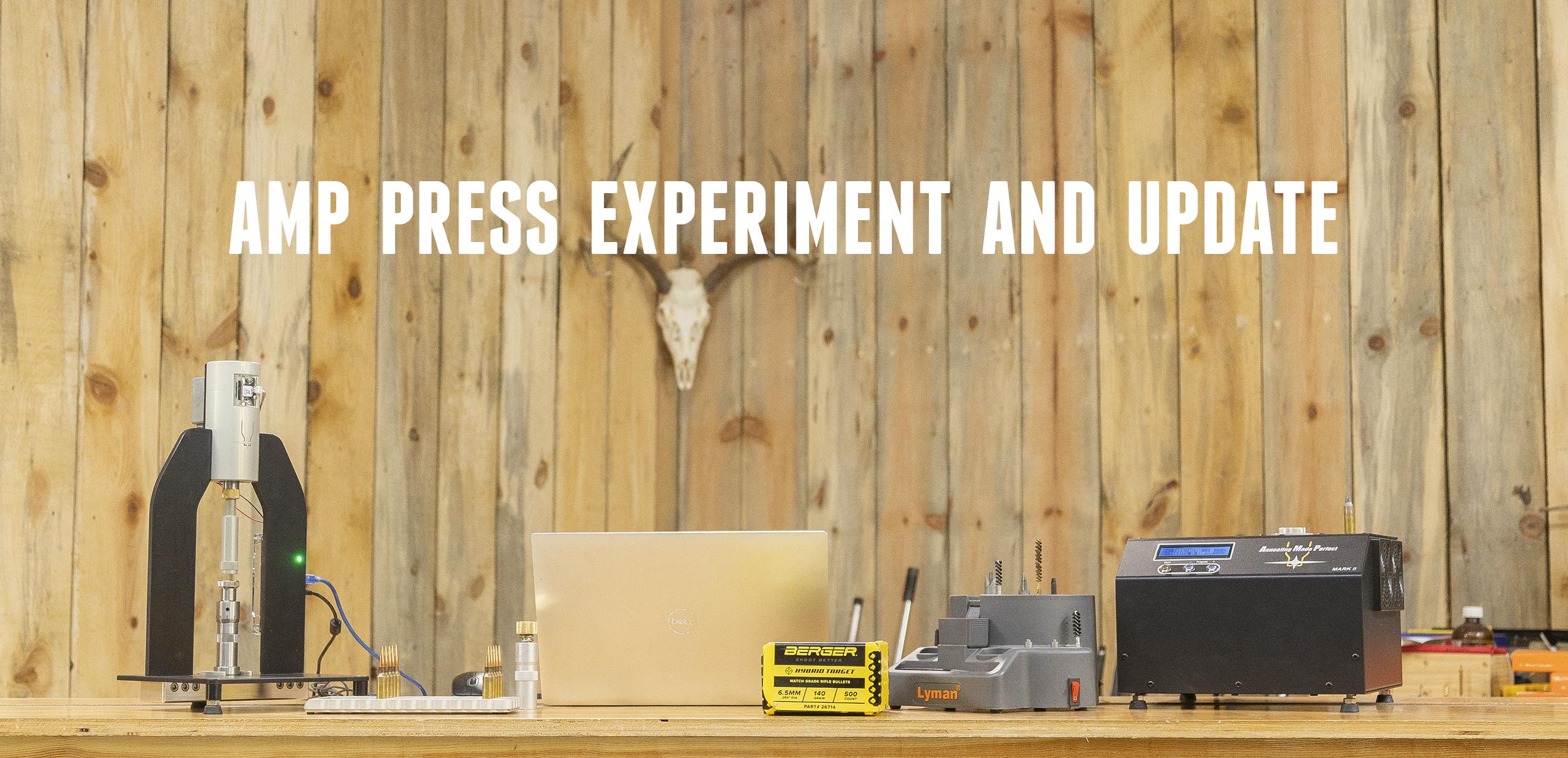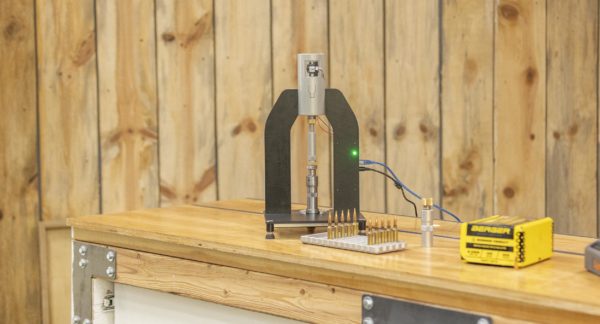Annealing Made Perfect just released software updates for the AMP press — here’s a hands-on look!
Disclaimer
Ultimate Reloader LLC / Making with Metal Disclaimer: (by reading this article and/or watching video content you accept these terms). The content on this website (including videos, articles, ammunition reloading data, technical articles, gunsmithing and other information) is for demonstration purposes only. Do not attempt any of the processes or procedures shown or described on this website. All gunsmithing procedures should be carried out by a qualified and licensed gunsmith at their own risk. Do not attempt to repair or modify any firearms based on information on this website. Ultimate Reloader, LLC and Making With Metal can not be held liable for property or personal damage due to viewers/readers of this website performing activities, procedures, techniques, or practices described in whole or part on this website. By accepting these terms, you agree that you alone are solely responsible for your own safety and property as it pertains to activities, procedures, techniques, or practices described in whole or part on this website.
Software Rewrite and Set-Up
We’ve covered both the AMP Mark II and the AMP Press on the channel, using the annealer for a variety of precision reloading applications. The Mark II is the world’s best inductive annealer. Its computer control analyzes your cases to confirm exactly how much annealing to apply. The AMP press doesn’t just seat bullets, but also produces a force-distance graph during the process. This graph will tell you a lot about your brass prep and process, providing an indicator for overall consistency of variables like neck tension.
I just updated my AMP press software to version 3.1.2 and firmware to version 2.02. The user interface is cleaner with many problems from previous versions solved. While labeled as an update, this software is actually a rewrite from the ground up.

The first step is to install the software, assemble the AMP press, plug it in and turn it on. The software will find the appropriate communication port and indicate to leave the load cell with nothing on it so it can find a force zero. For each run of testing with different die configurations, we need to do a few things.
First we use the simulation die to ensure all is working correctly. Put the simulation die on the base and adjust the ram until you have a small gap, about a tenth of an inch. The next step is to find the x-axis zero. I removed the spring and selected “find x-zero” on the software. Upon reinserting the spring, I hit “go” on the software. We did this five times and ended up with one linear straight line on the graph, ensuring all was working correctly.
The Experiment
I’ve seen Annealing Made Perfect demonstrate an experiment I wanted to replicate. I resized and deprimed ten Lapua 2x fired 6.5 Creedmoor cases with the help of Imperial Sizing Wax.
I’ll brush out the necks of five cases and leave the remaining as a control set. All pieces of brass will be loaded with the same bullets — Berger 6.5mm 140 grain Hybrid Target bullets.
I ran each case from the test set twice over the brush on the Lyman Case Prep Xpress.
Another part of the preparation process I neglected to mention earlier is I ran an analyze pass on one of the cases in the Mark II to get the appropriate code — Pilot no. 17. This is the setting we want for 6mm or 6.5 Creedmoor. All pieces or brass were annealed before resizing.
To set the die height, I collected the entire assembly (bullet placed in case in die) and adjusted the ram so it was approximately one tenth inch above the assembly. I then removed the round, set the die back in, and selected “find x-zero” in a new session on the AMP software.
Once the software determined the x-zero, I started on the control group, seating a bullet in each of the empty, non-brushed cases. The graph revealed the last casing was quite a bit stiffer than the rest. It is possible the case was fired more than twice and had been mislabeled.
I repeated the same process, seating bullets in the empty, brushed cases.
The graph clearly showed the brush cases required less and more consistent force compared to the un-brushed cases.

This is particularly interesting because you wouldn’t think brushing case necks would make a significant difference. There isn’t a way to quantify this without a tool like the AMP press.
Conclusion
I confirmed that brushing your case necks actually does increase consistency in neck tension. This is only one of the many variables the AMP press can measure. Though more expensive than other models, the AMP press provides another level of data unavailable anywhere else. It also eliminates the movement required with traditional seating, making it ideal for people with arthritis.
Get the Gear!
The AMP press is available from Annealing Made Perfect
The AMP Mark II annealer is available from Annealing Made Perfect
Midsouth Shooters Supply stocks Berger 6.5mm 140 grain Hybrid Target bullets
Don’t miss out on Ultimate Reloader updates, make sure you’re subscribed!
Thanks,
Gavin Gear
































































